Printing Revolution 2.0: Unveiling the Future of Printed Media
Printing, a seemingly age-old technology, has experienced a renaissance in recent years. While many believed it would become obsolete in the digital age, printing has not only survived but evolved into something even more remarkable. In this comprehensive exploration, we will delve deep into the exciting innovations and transformations that are shaping the future of printing.
Chapter 1: 3D Printing – Building the Future Layer by Layer
One of the most revolutionary advancements in the world of printing is 3D printing. Unlike traditional printing, which applies ink or toner to a flat surface, 3D printing creates three-dimensional objects by depositing material layer by layer. This technology has found applications in various industries, from healthcare and aerospace to fashion and art.
Imagine a future where you can print custom-made shoes tailored to the exact dimensions of your feet or even print replacement organs. 3D printing is making these possibilities closer to reality than ever before.
The process of 3D printing involves creating a digital model of an object and then using specialized software to slice it into thin horizontal layers. The 3D printer then builds the object layer by layer, using materials such as plastic, metal, or even bio-ink for tissue engineering.
In the medical field, 3D printing has enabled the creation of patient-specific implants and prosthetics. Surgeons can use 3D-printed models of a patient’s anatomy to plan complex surgeries with greater precision. Moreover, researchers are exploring the possibility of 3D-printing human organs using a patient’s own cells, potentially revolutionizing organ transplantation.
The manufacturing industry has also benefited significantly from 3D printing. Complex and customized parts that were once expensive and time-consuming to produce can now be manufactured with ease. This technology has the potential to reduce waste, increase efficiency, and transform the way we design and produce products.
Furthermore, 3D printing is not limited to plastics and metals. Innovations in bioprinting are taking us into the realm of printing living tissues. Researchers are working on printing functional organs, including hearts and kidneys, using a patient’s own cells. This has the potential to revolutionize organ transplantation, eliminate long waiting lists, and save countless lives.
Chapter 2: Sustainable Printing – Greening the Industry
In an era of increasing environmental awareness, the printing industry has faced criticism for its environmental impact. However, the industry has been quick to respond with eco-friendly innovations. Sustainable inks, recycled paper, and energy-efficient printing methods are just a few examples of how printing is becoming greener.
Printers are now designed with sustainability in mind, using less power and fewer resources to produce high-quality prints. Additionally, businesses are adopting practices like print-on-demand, reducing waste by only producing what is needed when it’s needed.
Sustainable inks have made significant strides in reducing the environmental footprint of printing. These inks are typically made from renewable resources and have lower levels of volatile organic compounds (VOCs), which can harm air quality. Moreover, they are designed to be more energy-efficient during the printing process, reducing the overall carbon footprint.
Recycled paper is another key component of sustainable printing. By using recycled materials, the industry reduces the demand for virgin paper, which requires more water and energy to produce. Many printing companies now offer eco-friendly paper options, and some even use paper made from agricultural waste, such as wheat straw or sugarcane.
Furthermore, the push for sustainability has led to the development of innovative printing technologies such as solar ink printing. This technology allows solar panels to be printed onto various surfaces, including windows and walls, turning them into energy-generating surfaces. This could have a profound impact on reducing our reliance on traditional energy sources.
Chapter 3: Art and Creativity – A Canvas Beyond Paper
Printing has transcended traditional media, opening up exciting avenues for artists and creators. Beyond printing on paper, artists are now experimenting with materials like metal, glass, and even food. The fusion of technology and creativity has given rise to an entirely new realm of possibilities.
Artistic 3D printers can produce intricate sculptures, and edible printers can create custom cake decorations. The boundaries of what can be considered art are continually expanding thanks to printing technology.
Artists today have a vast array of tools at their disposal, and 3D printing is one of the most innovative. It allows artists to transform their digital designs into tangible, three-dimensional objects. Sculptors, for example, can create intricate and highly detailed sculptures that were once extremely challenging to produce by hand.
Moreover, artists are using 3D printing to explore new materials and forms of expression. Some artists are pushing the boundaries of what is possible by incorporating elements such as light and motion into their 3D-printed creations, resulting in mesmerizing and interactive art installations.
Beyond the realm of traditional art, 3D printing is also being used to preserve cultural heritage. In many cases, 3D scanning and printing are employed to recreate historical artifacts and architectural wonders that may be deteriorating over time. This technology ensures that future generations can experience and learn from these treasures.
Chapter 4: Augmented Reality (AR) and Printing – Bridging the Digital-Physical Gap
Printing is no longer confined to static images on paper. Augmented Reality (AR) technology has enabled printed materials to come to life. By scanning printed images with a smartphone or tablet, users can access interactive content, videos, and animations. This fusion of the digital and physical worlds is revolutionizing advertising, education, and entertainment.
Imagine flipping through a magazine, scanning a page with your phone, and instantly watching a movie trailer related to the article you’re reading. AR is making this a reality.
AR technology enhances printed materials by adding layers of digital information. For example, in the world of education, textbooks can come alive with interactive 3D models, historical reenactments, and immersive simulations. This not only makes learning more engaging but also provides a deeper understanding of complex topics.
In advertising and marketing, AR has transformed traditional print advertisements into interactive experiences. Brands can use AR to engage customers in creative and memorable ways. For instance, a fashion magazine may allow readers to virtually try on clothing items by simply pointing their smartphone at an ad.
Moreover, AR is blurring the lines between physical and digital retail experiences. In some stores, customers can use AR apps to visualize how furniture or clothing will look in their own homes or on their own bodies before making a purchase. This not only enhances the shopping experience but also reduces the likelihood of returns, benefiting both consumers and retailers.
Chapter 5: Customization and Personalization – Print Your World
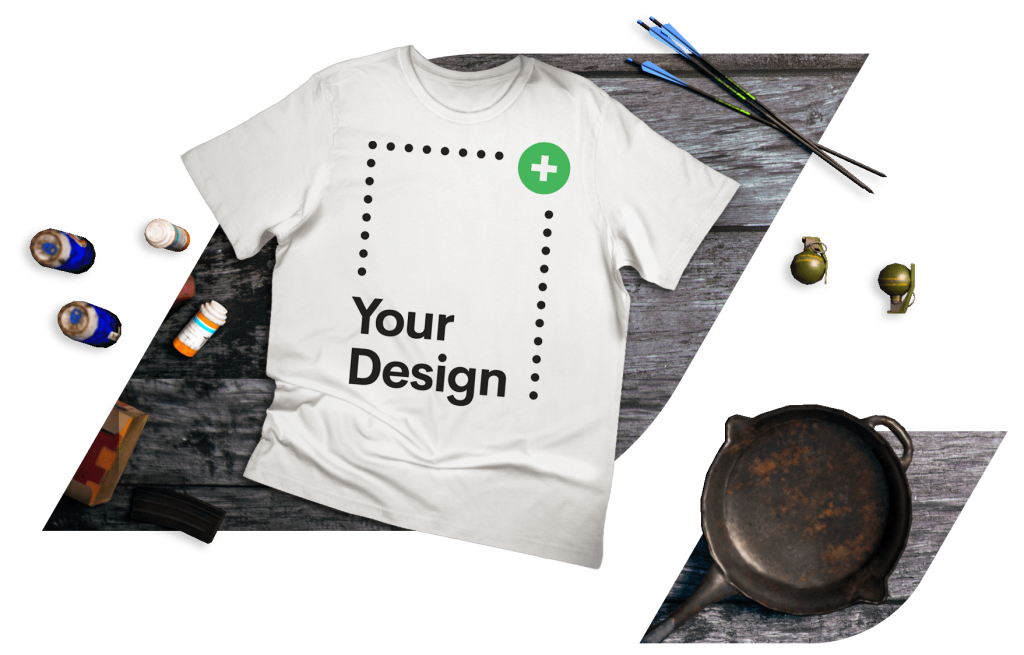
Personalization is a growing trend in many industries, and printing is no exception. With advanced printing technologies, it’s easier than ever to customize products to suit individual preferences. From personalized merchandise and custom photo books to tailored marketing materials, the possibilities are virtually limitless.
Businesses can now connect with their customers on a deeper level by offering unique, personalized experiences through printed materials.
The era of mass production is giving way to a new era of personalization. Consumers today value products and experiences that are tailored to their specific tastes and needs. Printing technology plays a pivotal role in making this personalization possible.
For example, in the world of fashion, customers can design their own clothing and have it 3D-printed to
fit their exact measurements. This eliminates the need for mass-produced, one-size-fits-all clothing and reduces waste in the fashion industry.
In marketing, personalization extends beyond simply adding a customer’s name to a promotional email. Print materials can now be customized to reflect a customer’s purchasing history, preferences, and behaviors. This level of personalization can significantly enhance the effectiveness of marketing campaigns and improve customer engagement.
Additionally, customization is not limited to physical products. Personalized digital printing allows individuals to create custom books, magazines, and newspapers. This empowers readers to choose the content they want and curate their own reading experience, revolutionizing the publishing industry.
Chapter 6: The Future of Printing – Beyond Our Imagination

The future of printing is boundless. As technology continues to advance, it’s challenging to predict all the ways printing will evolve. From the development of new materials that can be printed to advancements in speed and efficiency, the possibilities are endless.
Imagine a world where 3D printers can construct entire buildings, or where wearable technology is seamlessly integrated into our clothing using printed electronics. The future of printing is not just about what we can see today, but also about what we can’t yet imagine.
The convergence of various technologies is poised to reshape the printing landscape. For instance, nanotechnology holds the promise of enabling the printing of incredibly small and precise structures, opening up new possibilities in fields such as electronics and medicine.
Moreover, artificial intelligence (AI) is being integrated into printing processes, allowing for enhanced automation and quality control. AI algorithms can optimize printing parameters, detect defects in real-time, and even generate designs based on specific criteria.
In the realm of materials science, researchers are exploring novel materials that can be 3D-printed, including biodegradable plastics, advanced ceramics, and even materials derived from sustainable sources such as algae or mushrooms.
The fusion of biotechnology and printing is leading to groundbreaking innovations. Bioprinting, for example, holds the potential to print not only human organs but also lab-grown meat and leather, offering sustainable alternatives to traditional animal agriculture.
Furthermore, the concept of 4D printing is on the horizon. This involves creating objects that can change shape or function over time in response to external stimuli, such as heat or moisture. Imagine a printed structure that can self-assemble or adapt to environmental conditions.
Printing has come a long way since the invention of the printing press in the 15th century. It has evolved, adapted, and embraced innovation to remain relevant in the digital age. The future of printing is exciting and filled with possibilities, from 3D printing and sustainable practices to art, augmented reality, and personalized experiences. As technology continues to advance, printing will continue to surprise us with its transformative power, proving that it’s not just a relic of the past but a cornerstone of the future. In a world where the digital and physical realms converge, printing remains a powerful bridge, connecting creativity, sustainability, and innovation.
The journey of printing, from Gutenberg’s press to today’s 3D printers and augmented reality-enhanced materials, is a testament to the enduring power of human ingenuity. As we peer into the horizon of printing’s future, it is abundantly clear that the best is yet to come. The fusion of science, creativity, and sustainability promises a future where printing plays an even more integral role in shaping our world, pushing the boundaries of what is possible, and continuing to captivate our imaginations. Printing’s second revolution is in full swing, and its potential knows no bounds. It is a force that will continue to shape our lives, industries, and the way we interact with the world around us for generations to come.



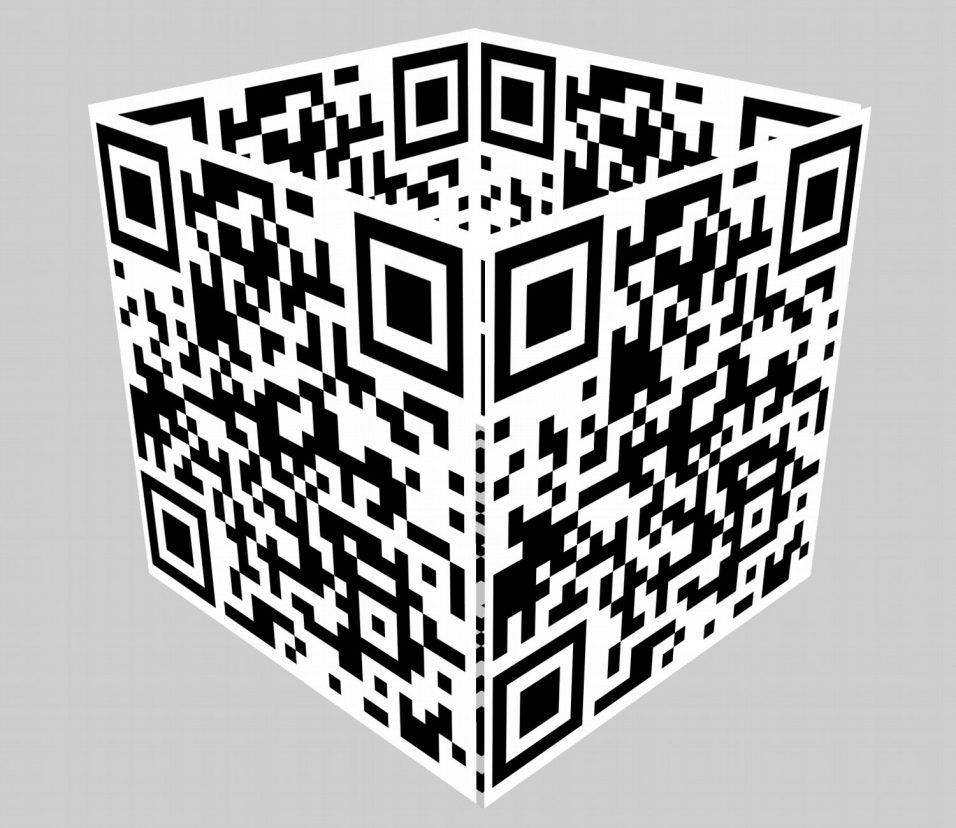
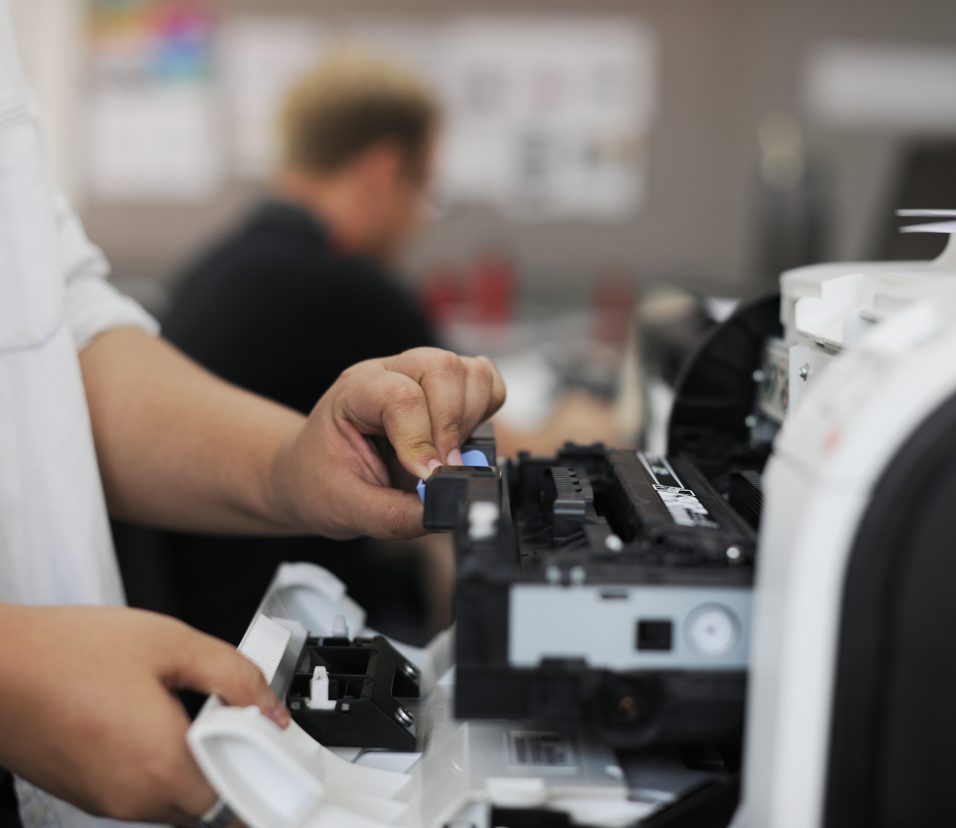

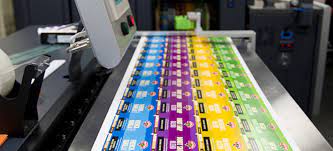
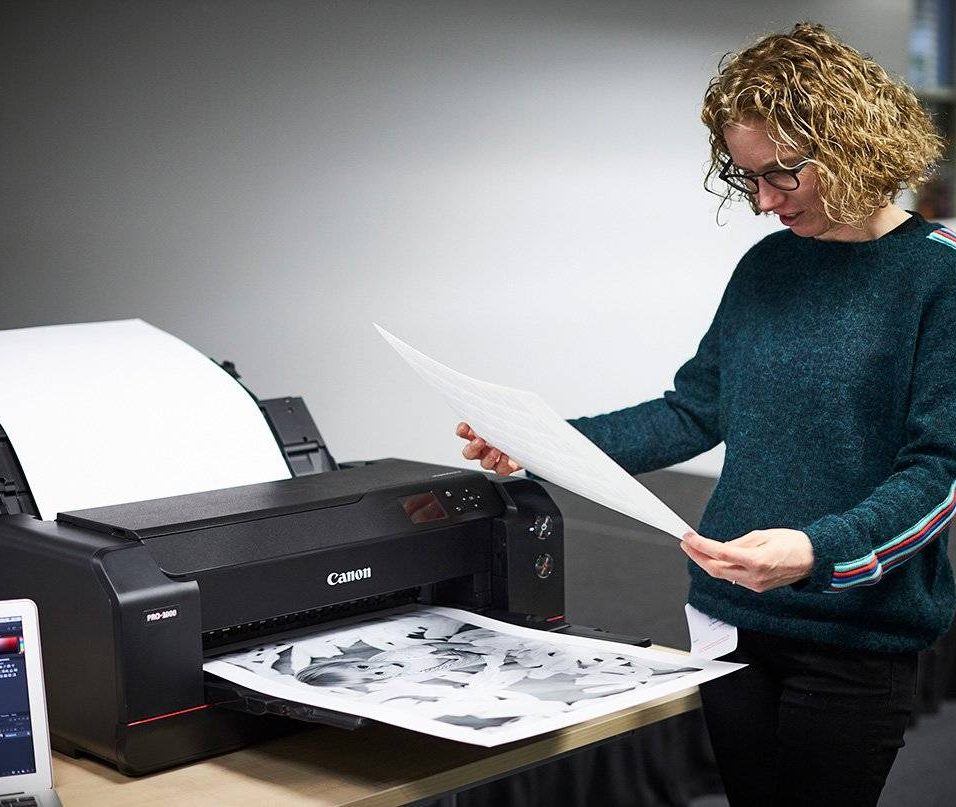
Leave feedback about this